New documentary “Let’s Waltz” (“À chacun son bal”/”Alles Walzer”) on ARTE on Sunday 29th May
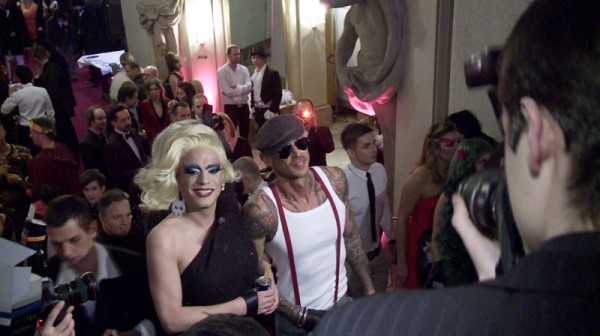
I have been looking forward to this for quite a while, and Sunday May 29th is the day: The French/German broadcaster ARTE will screen the 90-minute documentary “À chacun son bal” (French title, something like “To each their ball” in English) or “Alles Walzer” (German title, something like “Let’s waltz” in English), in which I was lucky enough to be one of the three cinematographers alongside Xavier Liberman and Alexander Boboschweski. The documentary, directed by Barbara Necek, deals with the Viennese tradition of dancing balls. For more details on the documentary please read the English description below. The entire documentary was shot on Sony EX3’s, and I was very happy to work with this camera extensively again. While the look would sometimes have been nice, it would have been absolutely impossible to work on this with DSLRs and prime lenses due to the the extreme spacial restrictions in very tight spaces at all the venues we shot. The production will most likely become available as a web stream after it aired on May 29th, I will post a link right here. It was a blast being a part of this production and I want to thank the whole time for making this a very demanding but at the same time exciting and motivating experience. For example, our team covered the “Rose Ball”, one of the craziest events of the Vienna ball season every year – check out the photos below.
“Alles Walzer” / “À chacun son bal” (France/Austria 2011) ARTE Sunday, May 29th 2011 10:30pm-12:00am (90 minutes)
IMDB page (has yet to be updated with the crew)
Here’s a translation of the official description:
Ball nights, real scandals and tiny scandals – “À chacun son bal” / “Alles Walzer” gives insight in the world of Viennese dancing balls. The different ball traditions reflect the cultural, social and political diversity of Austrian society. This unique tradition is in a state of constant evolution. The documentary shows the protagonists of a range of different balls during their preparations, during and after their dance events while revealing some fancy facets of the alpine nation at the same time.
In the middle of the 18th century, while the middle classes in France were preparing the revolution, the people protested in Vienna in a very different way. A new dance enthused the masses. During the waltz, sir and madam faced each other for the first time, touched each other even. Long dance lessons were not necessary – the waltz step was learned quickly, and all of a sudden the wild spinning on the dance floors was everywhere.
The waltz developed as a reaction against the very strict policy of empress Maria-Theresia. The first Habsburg on the Austrian Throne had prohibited the traditional carnival events. Being enthusiastic dancers and celebrators, the Viennese invented the ball room and staged the first dancing balls behind closed doors. Until this very day, a multifaceted ball culture has prevailed in the Austrian capital.
Here we have the Vienna Opera Ball, the certainly best known dance event of the country. On the last Thursday of the carnival season local and international celebrities gravitate towards the Vienna State Opera. The Austrian public broadcaster transmits a live programme from the event. And everybody is asking themselves which star or starlet building tycoon and media enfant terrible Richard Lugner will have on his side this year – a real feast for the yellow press.
The Rose Ball (Rosenball), the official ball event of the Viennese homosexual community, also has a political dimension. With the event, organizer Holger Thor wants to open the public’s eyes for the demands of gays and lesbians in Austria.
The Philharmonic Ball (Philharmonikerball) is for everyone who has lost their taste at the Opera Ball. At the “Musikverein” ambitious dancers meet with real connoisseurs, who are fed up with pretenders at the Opera Ball, resulting in the most elegant ball of the dancing season. Vienna is not only the capital of music, but with Sacher Cake and Apple Strudel a real mecca for gourmets.
Of course the pastry chefs of the country have their own ball, the “Zuckerbäckerball”, which is not only visited by pastry chefs. Every year there is even a French high school class as part of a pedagogic project.
The proceeds of the Refugee Ball go to the Viennese Integration House (Wiener Integrationshaus), and you have to attend it in the company of an immigrant. The event has been a fixture in the Austrian carnival tradition for 15 years. The society gathering tries to enlighten the public about the increasingly difficult situation faced by immigrants in Austria.
Original German description:
Ballnächte, Skandale und Skandälchen – “Alles Walzer” gibt Einblick in die Welt der Wiener Tanzbälle. Die unterschiedlichen Balltraditionen spiegeln die kulturelle, soziale und politische Vielfalt der österreichischen Gesellschaft wider. Zumal dieser einzigartige Brauch in ständiger Entwicklung begriffen ist. Die Dokumentation zeigt die Protagonisten verschiedener Bälle bei ihren Vorbereitungen, während und nach den Tanzevents und offenbart damit einige originelle Facetten der Alpenrepublik.
Mitte des 18. Jahrhunderts, als das Bürgertum in Frankreich die Revolution vorbereitete, protestierte man in Wien auf ganz eigene Art. Ein neuer Tanz begeisterte das Volk. Beim Walzer wandten Herr und Dame erstmals einander zu, berührten sich gar. Lange Tanzstunden waren nicht nötig – der Walzerschritt war schnell gelernt, und schon ging’s in wilden Wirbeln über die Tanzfläche.
Der Walzer entstand als Reaktion auf die strenge Politik der Kaiserin Maria-Theresia. Die erste Habsburgerin auf dem Wiener Thron hatte die traditionellen Faschingszüge verboten. Doch die feier- und tanzfreudigen Wiener erfanden den Ballsaal und veranstalteten hinter verschlossenen Türen die ersten Tanzbälle. Bis heute hat sich eine vielfältige Ballkultur in der österreichischen Hauptstadt erhalten.
Da ist der Wiener Opernball, die sicher berühmteste Tanzveranstaltung des Landes. Am letzten Faschingsdonnerstag finden sich lokale und internationale Berühmtheiten in der Wiener Staatsoper ein. Das österreichische Staatsfernsehen überträgt live. Und jeder ist gespannt, welchen Star oder welches Sternchen Baulöwe Richard Lugner an seiner Seite hat – ein gefundenes Fressen für die Boulevardpresse.
Der Rosenball, das offizielle Ballevent der Wiener Homosexuellenszene, hat auch eine politische Dimension. Mit der Veranstaltung will Organisator Holger Thor die Öffentlichkeit auf die Forderungen der Schwulen und Lesben in Österreich aufmerksam machen.
Der Philharmonikerball ist für alle, die den Geschmack am Opernball verloren haben. Im Musikverein treffen sich anspruchsvolle Tänzer und wahre Kenner, die die Angeberallüren des Opernballs leid sind, zum elegantesten Ball der Tanzsaison. Wien ist nicht nur die Hauptstadt der Musik, sondern mit Sachertorte und Apfelstrudel auch ein wahres Mekka für Feinschmecker.
Natürlich hat die Konditorzunft ihre eigene Tanzveranstaltung, den Zuckerbäckerball, der nicht nur von Konditoren besucht wird. Jedes Jahr kommt auch eine französische Schulklasse im Rahmen eines pädagogischen Projektes.
Die Einnahmen des Flüchtlingsballs kommen dem Wiener Integrationshaus zugute und man besucht ihn in Begleitung eines Wiener Immigranten. Die Veranstaltung gehört seit 15 Jahren fest zur österreichischen Faschingstradition. Das Societyevent soll die Öffentlichkeit auf die immer schwierigere Situation der Flüchtlinge in Österreich aufmerksam machen.
Mehr Informationen kurz vor Ausstrahlung im Internetdossier unter: www.arte.tv/wien1900 ARTE Live Web überträgt außerdem das gesamte Programm vom Internationalen Mahler-Festival 2011 in Leipzig als Live-Stream unter: www.arteliveweb.com
French description:
En Autriche, la saison des bals commence en novembre et se termine en février. Enquête sur un phénomène de société qui est aussi un art de vivre. Tous les ans, le 11 novembre, un rendez-vous incontournable mobilise les Viennois : ce jour-là, le calendrier des bals officiels est rendu public. En trois mois, pas moins de quatre cent cinquante soirées sont organisées dans la capitale. En Autriche, la fièvre des bals saisit tous les milieux et tous les âges : ne pas savoir danser la valse, c’est un peu comme ne pas savoir faire du ski ! Les cours de danse de salon commencent dès l’âge de 15 ans et des classes entières s’inscrivent dès le collège dans les écoles de danse…
Related Posts
How to pick your next project [guest post]... November 8, 2013 | Pascal Depuhl

Kruger’s American Bar – Corporate Film June 16, 2013 | Nino Leitner
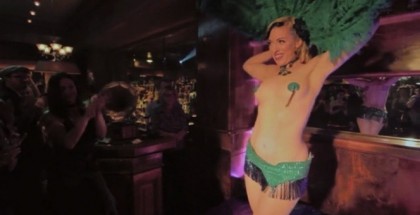
Goethe-Institut Schools: Partners for the Future [Image Film]... September 17, 2010 | Nino Leitner
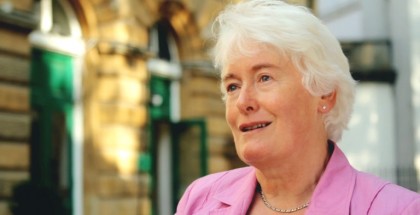
MōVI Christmas video! … for Screenagers... December 18, 2013 | Nino Leitner
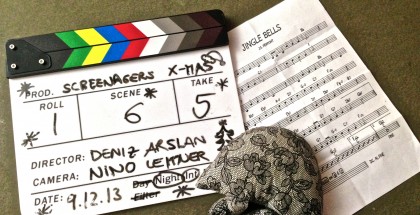
Majorca Masterclass, part 1 – Ending up in a Philip Bloom short film... June 19, 2011 | Nino Leitner
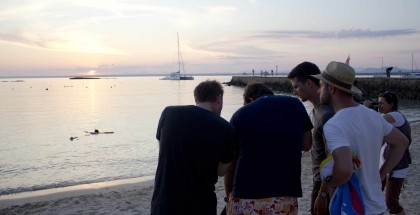
Tour de Cure – a documentary series about an incredible effort to find a c... September 15, 2011 | Nino Leitner
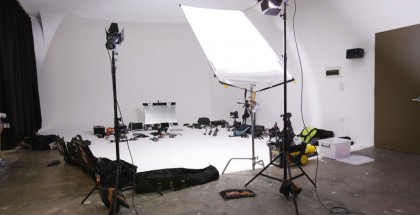
Free documentary: “The Camera That Changed The World”... July 13, 2013 | Nino Leitner
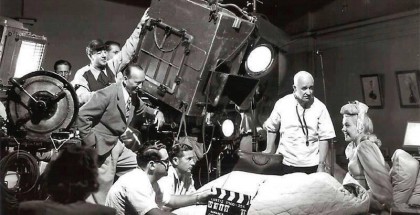
Cam Busters – HDSLR & AF101 Workshop Tour through Austria & Germ... June 18, 2011 | Nino Leitner
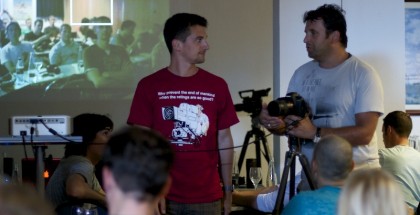
Recent comments
- Canon C300 Mark III - First Look Review & Impressions - Footage | CineD said […] announced, I shot a short film with it and fell in love with that camera – you can w...
- Lucas Triebl, Stefan Fleig & Nino Leitner: Table Connect : Penneylaneonline.com said […] Website: LOA Studio 2. Blog: Nino Leitner 3. […]
- Tom said I found this post while looking up what happened with an update gone wrong on a Sony PXW-X320 and th...
- Canon EOS Rebel T8i Announced – the Entry-Level DSLR Is Still Alive | HDR360pro.com said […] But, some of you probably remember more of the Rebel T2i/550D that came out in 2010 (here’...
- Chris B said Hey, we just shot on the RED Epic Weapon and had issues with “spanned clips”. We ended up stitching...
- Video Production Has Changed, Let's Record With Our Phones?! - Push ROI said […] started in video production during the DSLR revolution. In 2009 a lot of production compan...

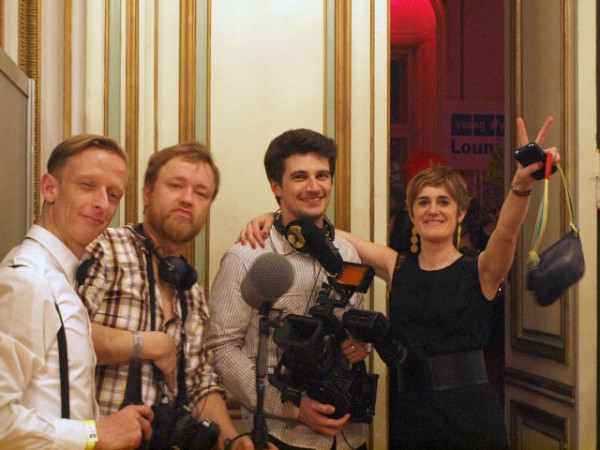

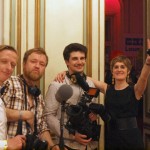
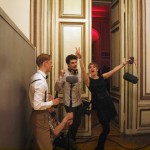
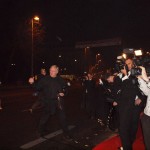
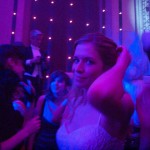
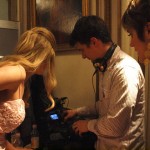
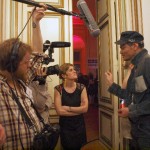
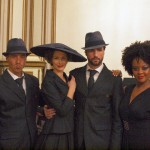
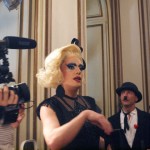
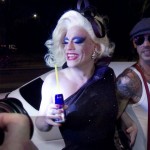
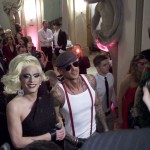

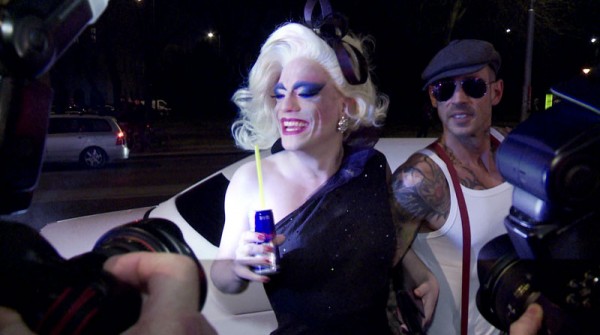












Submit a Comment